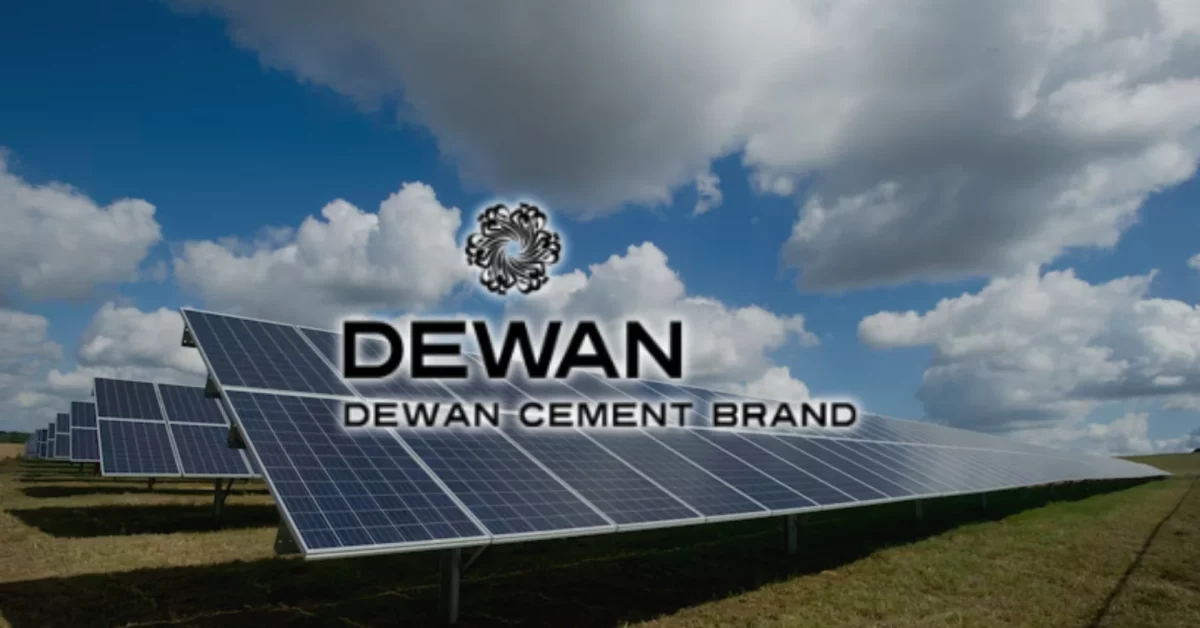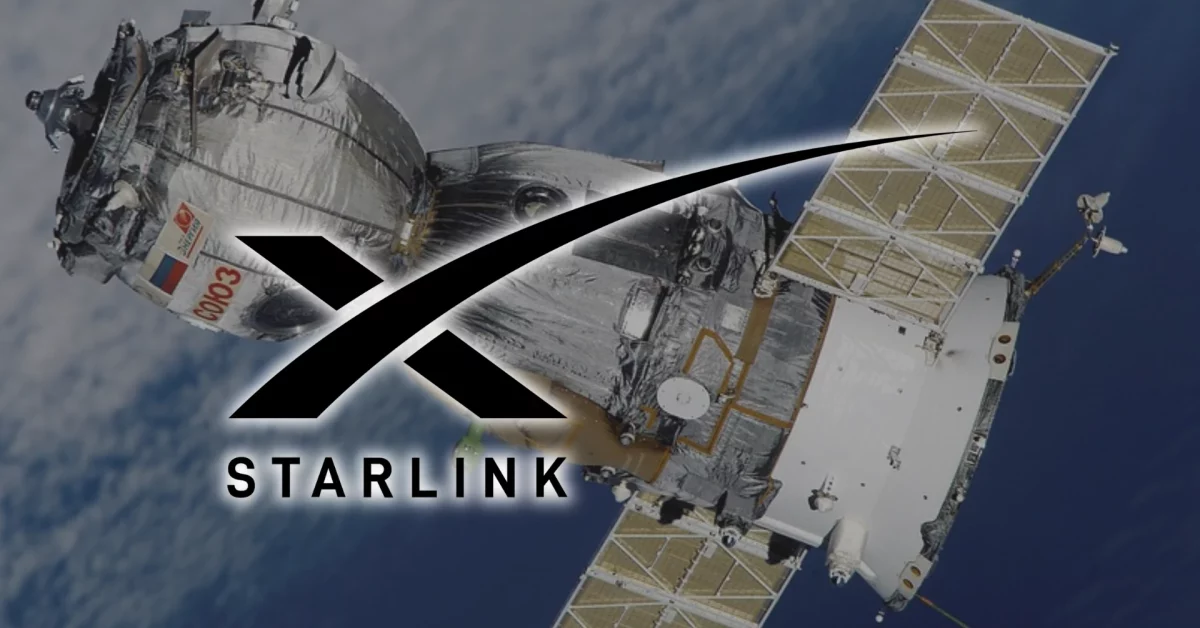
Green Banking: Go Digital, Stay Safe
August 12, 2020
The Art of Pivoting
September 7, 2020COVID-19: The Catalyst for Pakistan’s e-Commerce Sector?
Originally posted on ProPakistani
COVID-19 has catapulted the universe into adopting a truly digital lifestyle. Those previously averse to the idea of trusting technology have forcibly been converted. According to a report by Accenture, the pandemic accelerated digital adoption by almost five years. Moreover, 60% of the global GDP is expected to be digitized by 2022. E-Commerce Sales, in particular, are slated to increase by 40% to $4.9 trillion by 2021.
Pakistan’s e-Commerce Prowess
On paper, the trajectory for Pakistan seems to be equally promising. Pakistan has seen internet usage surge by over 15% in the last few months with e-Commerce seeing drastic growth in the last few years. In 2017, the market was worth PKR 51.8 billion. By 2018, it saw a 91% growth and amounted to PKR 99.3 billion in 2018. This number is projected to grow to PKR 158 billion by 2020.
The Pakistan e-Commerce policy discussion is an important one to have. In 2018, Pakistan’s global rank on e-Commerce was 117/151. Subsequently, the Ministry of Commerce launched the e-Commerce Policy Framework, which aims to lower the access threshold for enterprises to enter the e-Commerce field through consumer protection, e-payment solutions, and global connectivity.
A myriad of barriers hinders Pakistan from tapping into the benefits of e-Commerce. The most important focus is the need to eliminate barriers or at the very least, reduce them. While the launch of the policy is a step in the right direction, rather than repeating truisms, it’s important to identify an action plan to go with the expectation to accelerate the policy agenda.
Plague of Double Taxation
Currently, sales tax on services is applied at provincial and federal levels with different tax rates based on both origin and destination, creating challenges of double taxation for online businesses. More conducive, harmonized provincial and federal sales tax policies are necessary. There is also a need for the government to devise a clearer taxation policy for local and international e-Commerce actors. This can encourage new actors to enter the field generating more employment, create more revenue for the government, and boost the GDP.
- The Cash-DFS Tug of War
Pakistan is still heavily reliant on cash transactions as customers still prefer to use services such as Cash on Delivery (CoD), as opposed to using digital financial services. Digital payments only account for 0.2% of Pakistan’s 100 billion transactions, whereas the share of digital transactions peer countries ranges from 1.5% to 7%. Yet, more than 95% of internet users in Pakistan access the internet through mobile devices. This provides a huge opportunity for the proliferation of Digital Financial Services – which has already seen a 751% growth in mobile wallet accounts in the last five years. Cash must be discouraged through the introduction of nominal fees and the adoption of digital payments for all G2P and P2G payments.
- Need for Conducive Regulations
The inherent complexities of e-Commerce mean that the government must introduce appropriate regulations to create a conducive environment for foreign investment, increase competitiveness of domestic business entities by allowing merchants to easily enter the e-Commerce sector, and at the same time safeguard consumer interests. Therefore, the regulatory environment must continue to evolve to be more lucrative especially for start-ups focused on e-Commerce. Through the Jazz xlr8 incubation and accelerator program, start-ups from across Pakistan are empowered to grow through global partnerships, customized curriculum, and mentor networks.
- Investment in Infrastructure, tools, and skills training
While internet penetration is continuously increasing, about 70% of the population still has no access to the internet. Investment in broadband proliferation – be it mobile or fixed – is crucial. Furthermore, businesses must recognize that presence on the online platforms is not a matter of choice anymore, rather a necessity in this digital age. Hence, focus on the establishment of platforms and online marketplaces is imperative to educate their consumers. The telecom sector can support the digitization of SMEs by providing various business development services, skills training, tools, and capabilities in addition to connectivity. Jazz’s partnership with the National Incubation Center (NIC) is a prime example where startups are given the chance to append JazzCash (a digital payments platform) APIs as payment gateways completely free.
- Conclusion: Riding the Digital Wave
A McKinsey Global Institute report estimates that the digital finance potential of Pakistan could be $36 Billion by 2025, providing a 7% boost to the GDP, creating 4 million new jobs and resulting in $263 Billion new deposits. The E in e-commerce pivots around connectivity and data. We have to allow for the use of digital connectivity, e-commerce, mobile banking, and improve the harmonization of the taxation regime so that there is no entry barrier for new customers. Policymakers should focus on investing in financial and digital infrastructure, financial literacy, and digital skills development to reduce the digital divide. Until there is a strong project management office driving these e-commerce policy initiatives, and until there is a single-point agenda, it will be challenging for everyone to pull in the same direction. All stakeholders across the private, public, and development circles must work together through partnerships and synergies to reap the benefits that going digital has to offer.






